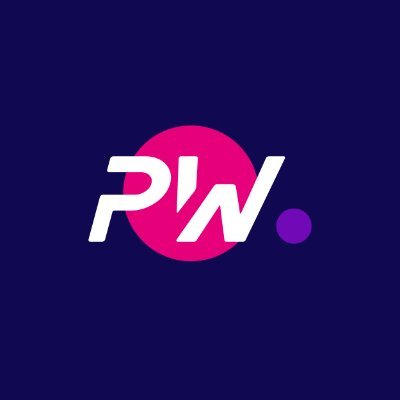💥Polkadot’s Second Age is taking shape!
@paritytech's latest engineering update just dropped 3 signals every builder & investor should care about.👀
1️⃣ The base layer is leveling up — stability is becoming a feature
Hub reliability, consistent RPCs, cleaner execution tracing.
These are the upgrades you ship when you’re preparing for real users, real apps, real businesses.
2️⃣ PVM & JAM are crossing the line from theory → production engineering
Deterministic execution, message-passing, node lifecycle logic —
This is the infrastructure that makes serious Web3 applications possible.
3️⃣ Tooling momentum is back
Faster local setup. Cleaner dev containers. Smoother SDKs.
Lower friction ≠ small detail — it’s the #1 predictor of ecosystem growth.
None of this is flashy.
None of this is hype.
But it’s exactly the kind of compounding engineering work that precedes an adoption wave.
The story between the lines?
Polkadot isn’t “slow” — it’s quietly laying down the foundations for its next era.
And when the foundations are this strong… the apps come fast. 🏄♀️
Here’s a quick snapshot of progress across the Parity engineering teams as we build the foundations for the Second Age of Polkadot:
• Polkadot Hub
The team continues refining the developer experience. Key improvements include stability fixes around precompiles, more consistent RPC behaviour, and better tracing of contract execution.
Small but significant changes that smooth the path for Solidity and PVM developers.
• PVM (Polkadot Virtual Machine)
Work continues on the PVM prototype. The focus remains on execution correctness, gas accounting, and deterministic behaviour across nodes. The team is tightening the feedback loop between the PVM runtime and the toolchain to support early internal experiments without friction.
• JAM
Engineers progressed on several spec clarifications and early implementation blocks, focusing on message passing, node lifecycle, and simplifying the programming model. No hype here, just steady steps toward a verifiable, modular compute layer.
• Reliability & Performance
Core infra teams shipped updates improving block production stability on test networks and expanded internal monitoring to track availability across all teams. The reliability dashboard continues to inform tighter iteration cycles and faster root cause identification.
• Tooling
Ongoing DevContainer, CI, and SDK improvements reduce overhead for developers inside and outside Parity. This adds stronger linting, easier local chain bootstrapping, and incremental usability upgrades to the stack.
The work isn’t glamorous, but it compounds.
Every week, we’re tightening the fundamentals that make the Second Age of @Polkadot possible.

4,13 N
34
Nội dung trên trang này được cung cấp bởi các bên thứ ba. Trừ khi có quy định khác, OKX không phải là tác giả của bài viết được trích dẫn và không tuyên bố bất kỳ bản quyền nào trong các tài liệu. Nội dung được cung cấp chỉ nhằm mục đích thông tin và không thể hiện quan điểm của OKX. Nội dung này không nhằm chứng thực dưới bất kỳ hình thức nào và không được coi là lời khuyên đầu tư hoặc lời chào mời mua bán tài sản kỹ thuật số. Việc sử dụng AI nhằm cung cấp nội dung tóm tắt hoặc thông tin khác, nội dung do AI tạo ra có thể không chính xác hoặc không nhất quán. Vui lòng đọc bài viết trong liên kết để biết thêm chi tiết và thông tin. OKX không chịu trách nhiệm về nội dung được lưu trữ trên trang web của bên thứ ba. Việc nắm giữ tài sản kỹ thuật số, bao gồm stablecoin và NFT, có độ rủi ro cao và có thể biến động rất lớn. Bạn phải cân nhắc kỹ lưỡng xem việc giao dịch hoặc nắm giữ tài sản kỹ thuật số có phù hợp hay không dựa trên tình hình tài chính của bạn.


